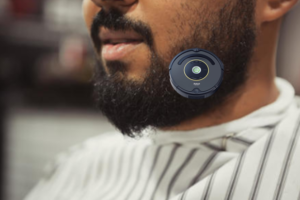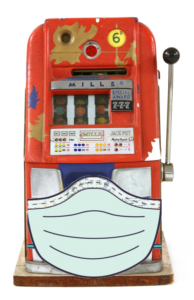Creativity101: A valuable tool when it comes to creative thinking is the “unrelated stimulus,” taking an image, experience or lesson from one discipline and applying to a totally difference situation. The power of this technique grows exponentially when you draw on multiple analogies. Today’s post is inspired by two totally unrelated experiences.
Changing the culture of any organization occurs only when the individuals who lead and work within that culture modify their personal behavior. There are two ways to do this. We can either punish those who violate standards and norms or we can reward those who contribute to the fulfillment of the highest values and expectations.
 As demonstrated by the following example, shifting from a culture of punishment to one of reward can make a significant impact on outcomes. For most of its history, promoting safety in the meat processing sanitation business, one that involves high-pressure, scalding hot water and chemicals, has been stick-oriented. The overwhelming majority of injuries, and even fatalities, have resulted from “pilot” error, employees’ not observing safety procedures. Violations resulted in suspensions without pay or, in the most grievous cases, termination.
As demonstrated by the following example, shifting from a culture of punishment to one of reward can make a significant impact on outcomes. For most of its history, promoting safety in the meat processing sanitation business, one that involves high-pressure, scalding hot water and chemicals, has been stick-oriented. The overwhelming majority of injuries, and even fatalities, have resulted from “pilot” error, employees’ not observing safety procedures. Violations resulted in suspensions without pay or, in the most grievous cases, termination.
Employee turnover is among the highest in any industry. It is not the most desirable way to make a living. Crews arrive after the second plant shift (around midnight) and must complete their tasks before USDA inspectors arrive the next morning. If the plant fails inspection, crews are called back to address regulatory violations. In these cases, the contracts between the processing company and the cleaning business generally require the latter to reimburse the former for lost revenue if the morning shift cannot start work on schedule. In this industry, time is money and the focus is on systems and procedures.
Until someone outside the industry took a different approach. Lance White, a financial analyst at ChemEx, which owned DCS Sanitation Management, was asked to prepare a prospectus to sell the company. While evaluating the venture’s worth, White determined the business had substantial growth potential and decided to make an offer himself. Upon taking the reins at DCS, White chose to prioritize employee safety as workers compensation insurance and client reimbursements for lost revenues were a major drain on profitability.
White decided to take a different tack from the industry norm. Instead of docking employees for safety violations, he created a bonus schedule based on the number of days each employee completed a shift without an incident. The result? Fewer injuries, less payout to clients and eventually lower insurance rates.
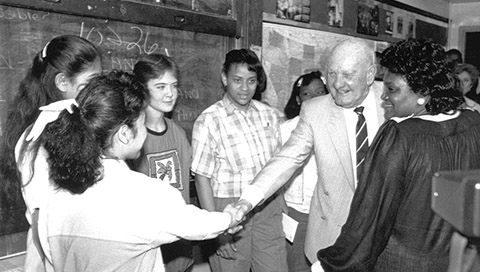 The second unrelated stimulus was Project Choice, a program of the Ewing Marion Kauffman Foundation in Kansas City. Mr. K, as he was affectionately known to friends and business associates, wanted to help the largely minority student body that now attended the high school where he had studied as a young boy. He viewed education as the way to break the cycle of poverty and incarceration which were a part of so many of these students’ family histories, But Mr. K also believed in personal responsibility.
The second unrelated stimulus was Project Choice, a program of the Ewing Marion Kauffman Foundation in Kansas City. Mr. K, as he was affectionately known to friends and business associates, wanted to help the largely minority student body that now attended the high school where he had studied as a young boy. He viewed education as the way to break the cycle of poverty and incarceration which were a part of so many of these students’ family histories, But Mr. K also believed in personal responsibility.
Mr. K melded these two principles in the design of Project Choice. He offered to sign a contract with each boy and girl who entered Westport High School, beginning in their freshman year. If that student graduated with a B average or better and stayed out of trouble, he would fully fund their college education (tuition, fees, books, room and board). In some cases, the payout included graduate school or professional training. As Mr. K would say at each assembly when new Westport students were introduced to the offer, “When others did not give you a chance, we wanted to give you a choice.”
I have thought a lot about Lance (a Miami University graduate, who I invited to speak every semester in my Imagination and Entrepreneurship class) and Mr. K over the past 10 days. In particular, I wondered if the lessons I learned from each provided guidance to help us move beyond the anger, frustration and division which have plagued the nation since the murder of George Floyd.
Of the two, Lance’s approach to worker safety is an obvious alternative to law enforcement officers being fired and charged with crimes for excessive force and endangerment. Imagine a system where police are rewarded when they demonstrate compassion and understanding for the residents of the communities in which they serve. Or receive bonuses in incidences where they deescalate tension in situations which might otherwise lead to unrest and violence. Do not tell me law enforcement budgets cannot support such payments. Compared to the settlements and legal fees associated with civil suits, an economic case can be made that rewarding good behavior would be much less expensive than cleaning up after bad actors.
The relevance of Project Choice to the current racial environment is much more complex. Putting aside those who have resorted to violence to achieve political goals, I cannot help but think looting, for the sole purpose of obtaining something to which the looter thinks he/she is entitled, has been exacerbated since the onset of the coronavirus pandemic. Economic analyses show the increase in black unemployment since the outbreak is two percent higher than the population as a whole. And more than 50 percent of African-American men are currently out of work. As strange as this may sound, watching celebrities on late night television and journalists/pundits on cable news shows from their spacious and well-appointed homes is a reminder of the disparity in lifestyles between the rich and famous and the average black household. It is just one more piece of evidence of the income and wealth gap which has existed since the first African slave arrived in the new world 401 years ago.
I have been warned by more than one person to be careful about using the term reparations; so, I will let readers decide what to call the following analysis and proposal. Regardless of label, the goal is economic justice and racial reconciliation.
Here are the facts.
- In 2019, there were just over 17 million household described as “black alone” meaning they were not inter-racial. Those represented 13 percent of the total 128.6 million American households.
- That same year, the median annual household income in “black alone” households was $41,361 compared to $63,179 for all households, a difference of $21,818/year.
Suppose, as recognition of the “knee that has been on the neck of black America” for four centuries as Al Sharpton preached at Floyd’s memorial service, Congress passed legislation which would allocate the differential in median income to each black household for one year. The total cost would be just under $375 billion. I know, budget hawks will be screaming bloody murder (one more false equivalency). But it is nothing compared to the bailouts to corporate America since 2008 when one totals the housing bailout, the Trump tax cuts and now the COVID19 CARE package.
There are two more points that need to be considered. First, some opponents of this concept will argue, “Why include every black household? Not all African-Americans are descendants of slaves.” That is the easiest objection to address and is the main reason the use of the word reparations can be misleading. Did Fred Trump ask those he prohibited from renting Trump housing whether they were descendants of slaves? Did the NFL owners ask Colin Kaepernik if there were slaves in his family history when they blackballed him from the league? As he pressed his knee on George Floyd’s neck, did Derek Chauvin think it mattered if his detainee was the great-great-grandson of a slave? Every African-American, regardless of when and how they came to this country, has been impacted not by direct lineage to pre-Emancipation status, but by the underlying rationale for slavery, that people of color were less human than those with pale complexions, and thus, less deserving of equal housing, equal pay, equal justice under the law and equal rights delineated in the Declaration of Independence and the Constitution.
The second and final point is a recognition by African-Americans that they can also use this opportunity to make a reciprocal gesture to those who over the years have been the victims of illegal behavior by members of the their own community. What if public officials and clergy in the black community began a discussion about how best each family could use the federal payment to promote reconciliation. For example, what if black leaders suggested that anyone who had looted during the Floyd protests make an anonymous payment to the store’s owner? I am not idealistic or naive enough to believe this would happen on a grand scale, but no movement in history every started with an expectation everyone would jump on the bandwagon immediately.
Every entrepreneurship class I have taught or attended began with some variation of the model devised by Jeffrey Timmons which described the three elements essential to any successful venture: opportunity, team and resources. The size and makeup of the team and the amount of required resources depended on the magnitude of the opportunity. If the demand for change precipitated by George Floyd’s murder is as big an opportunity as some believe, we should not be afraid to assemble the proportionate team and resources to respond in kind.
For what it’s worth.
Dr. ESP
 most Trump claims, the facts undercut his argument. First, the July 2015 rule said nothing about forced low-income housing. It clarified data requirements to determine whether there was persistent housing segregation within a jurisdiction. Any deficiencies in data collection needed to be addressed if the city or county sought additional federal housing assistance. Second, and more damning, the median housing value since announcement of the rule has risen from $215,715 in July 2015 to $271,768 in July 2019. (Can you say 25.9 percent? I knew you could.) Does anyone want to guess where the price of housing has risen the most? Ooo! Ooo! Call on me: I know, I know. Suburban America.
most Trump claims, the facts undercut his argument. First, the July 2015 rule said nothing about forced low-income housing. It clarified data requirements to determine whether there was persistent housing segregation within a jurisdiction. Any deficiencies in data collection needed to be addressed if the city or county sought additional federal housing assistance. Second, and more damning, the median housing value since announcement of the rule has risen from $215,715 in July 2015 to $271,768 in July 2019. (Can you say 25.9 percent? I knew you could.) Does anyone want to guess where the price of housing has risen the most? Ooo! Ooo! Call on me: I know, I know. Suburban America.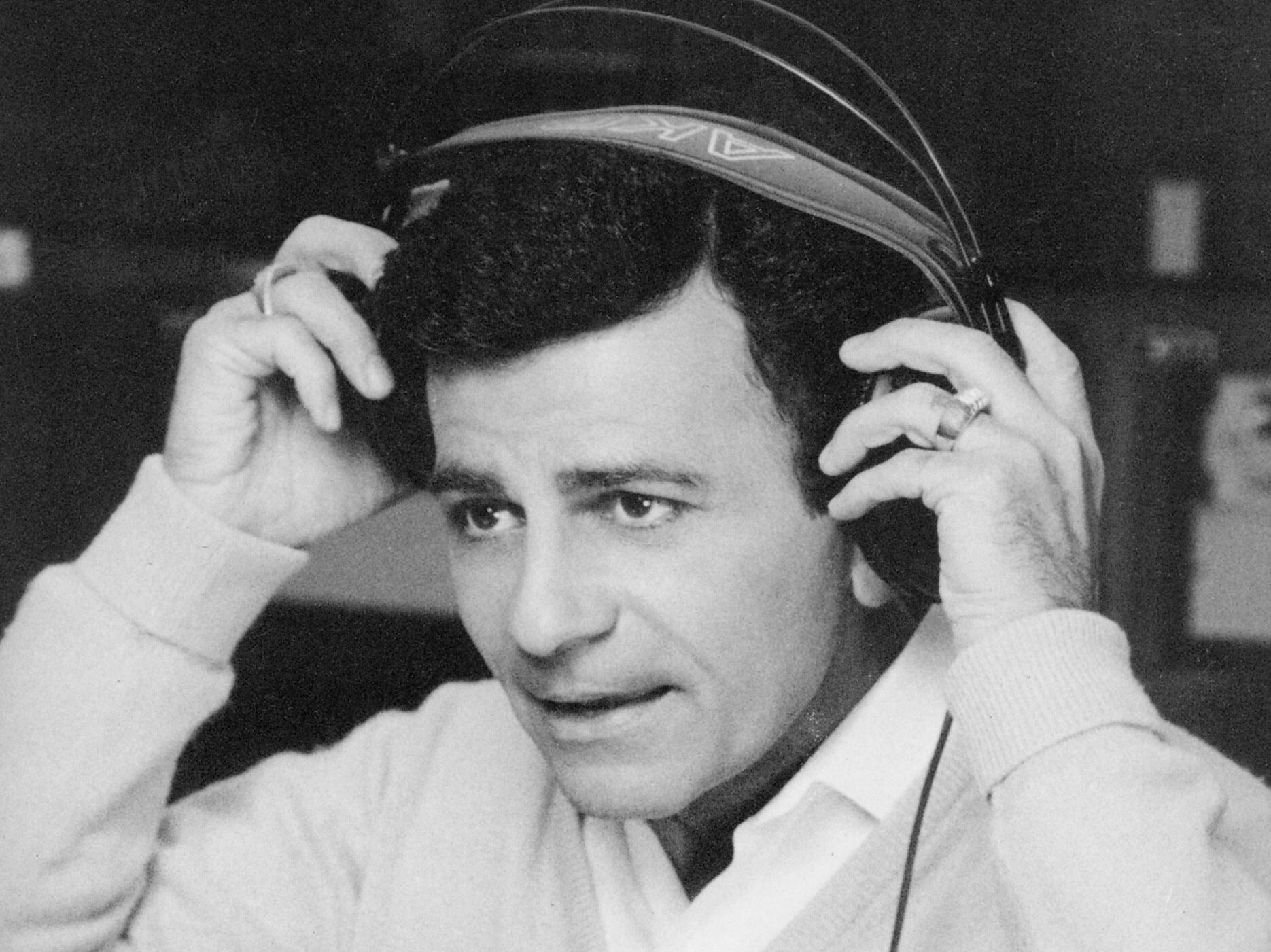 The origin of the phrase “with a bullet” goes back to Cashbox Magazine, which published weekly listings of record sales from 1942 until its demise in November 1996. One feature of its registry was to highlight songs with high potential by placing red bullets next to their names. The phrase was also popularized by Casey Kasem, host of a succession of radio programs during which he would count down the most popular songs on the Cashbox charts.
The origin of the phrase “with a bullet” goes back to Cashbox Magazine, which published weekly listings of record sales from 1942 until its demise in November 1996. One feature of its registry was to highlight songs with high potential by placing red bullets next to their names. The phrase was also popularized by Casey Kasem, host of a succession of radio programs during which he would count down the most popular songs on the Cashbox charts. Which brings me to the last headline. Heaven forbid, wealthy donors should have to stay in the same hotels as the MAGA-hatted masses that make up Donald Trump’s electoral base. For a mere $1.16 million per couple (this is not a typo), those mega-wealthy participants to which Nicklas referred can be part of the “Trump Presidential Trust.” According to the Fernandina Beach Observer, the VIP package entitles the donor “to the guaranteed hotel berth comfortably outside Duval County.” So, while Jacksonville mayor Lenny Curry touts the “$100 million economic impact” generated by this potential COVID19 super-spreader, the Observer reports, “…the biggest margins in terms of hotel spending will be outside his jurisdiction.”
Which brings me to the last headline. Heaven forbid, wealthy donors should have to stay in the same hotels as the MAGA-hatted masses that make up Donald Trump’s electoral base. For a mere $1.16 million per couple (this is not a typo), those mega-wealthy participants to which Nicklas referred can be part of the “Trump Presidential Trust.” According to the Fernandina Beach Observer, the VIP package entitles the donor “to the guaranteed hotel berth comfortably outside Duval County.” So, while Jacksonville mayor Lenny Curry touts the “$100 million economic impact” generated by this potential COVID19 super-spreader, the Observer reports, “…the biggest margins in terms of hotel spending will be outside his jurisdiction.”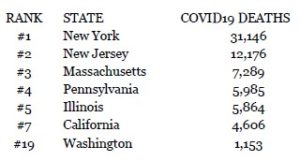

 As demonstrated by the following example, shifting from a culture of punishment to one of reward can make a significant impact on outcomes. For most of its history, promoting safety in the meat processing sanitation business, one that involves high-pressure, scalding hot water and chemicals, has been stick-oriented. The overwhelming majority of injuries, and even fatalities, have resulted from “pilot” error, employees’ not observing safety procedures. Violations resulted in suspensions without pay or, in the most grievous cases, termination.
As demonstrated by the following example, shifting from a culture of punishment to one of reward can make a significant impact on outcomes. For most of its history, promoting safety in the meat processing sanitation business, one that involves high-pressure, scalding hot water and chemicals, has been stick-oriented. The overwhelming majority of injuries, and even fatalities, have resulted from “pilot” error, employees’ not observing safety procedures. Violations resulted in suspensions without pay or, in the most grievous cases, termination. The second unrelated stimulus was Project Choice, a program of the Ewing Marion Kauffman Foundation in Kansas City. Mr. K, as he was affectionately known to friends and business associates, wanted to help the largely minority student body that now attended the high school where he had studied as a young boy. He viewed education as the way to break the cycle of poverty and incarceration which were a part of so many of these students’ family histories, But Mr. K also believed in personal responsibility.
The second unrelated stimulus was Project Choice, a program of the Ewing Marion Kauffman Foundation in Kansas City. Mr. K, as he was affectionately known to friends and business associates, wanted to help the largely minority student body that now attended the high school where he had studied as a young boy. He viewed education as the way to break the cycle of poverty and incarceration which were a part of so many of these students’ family histories, But Mr. K also believed in personal responsibility.